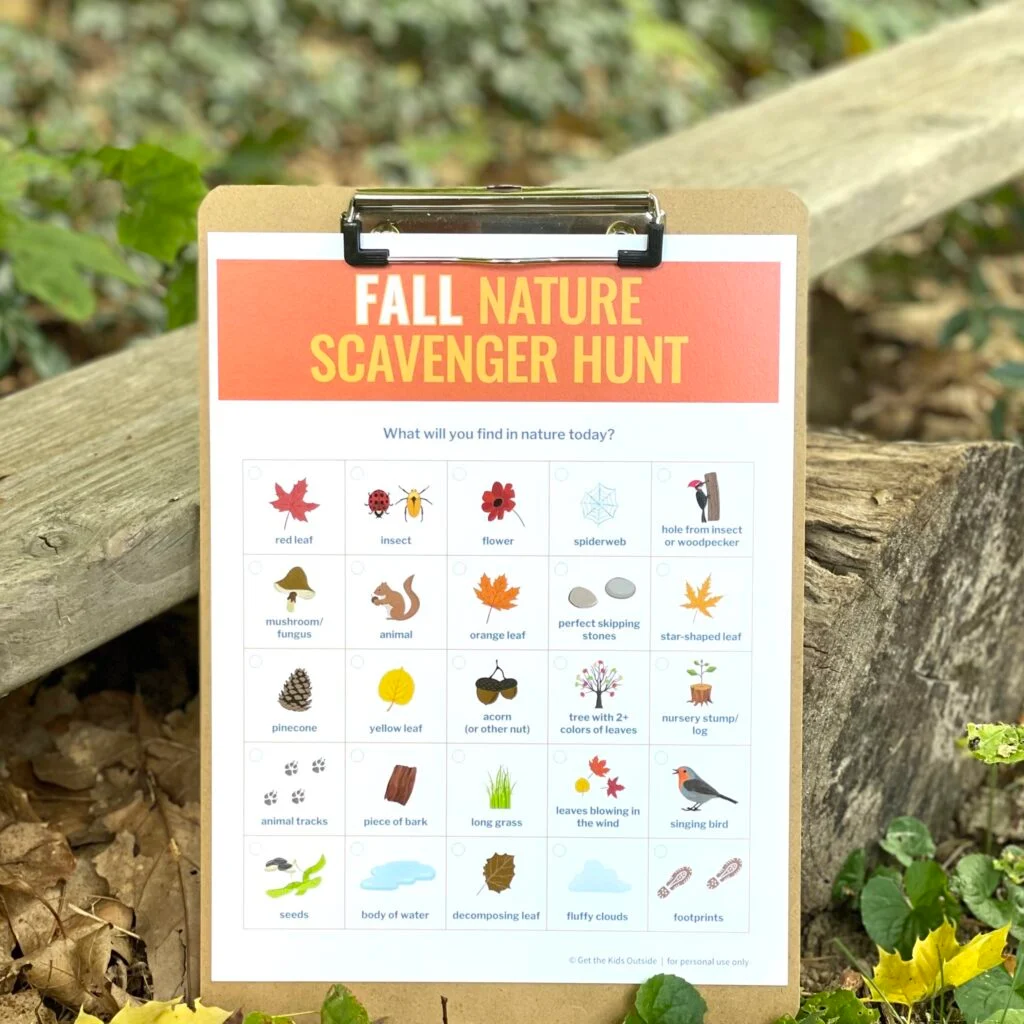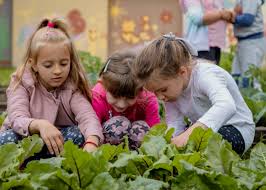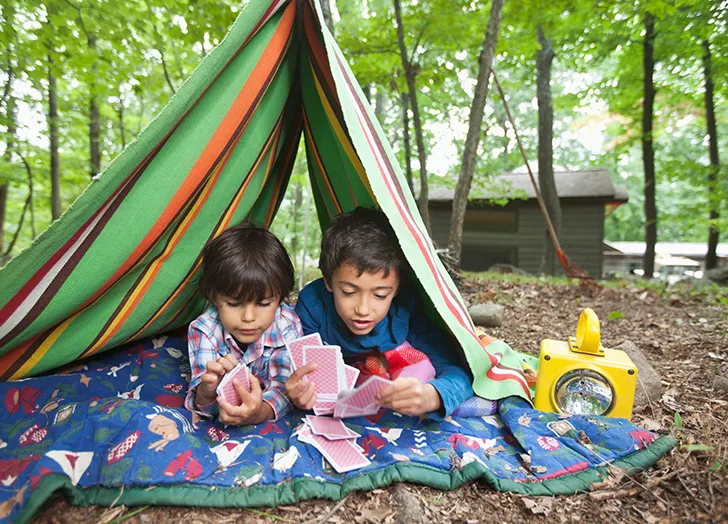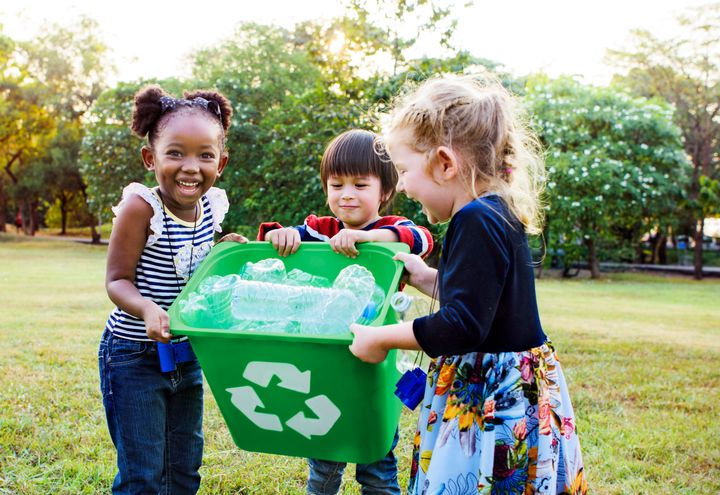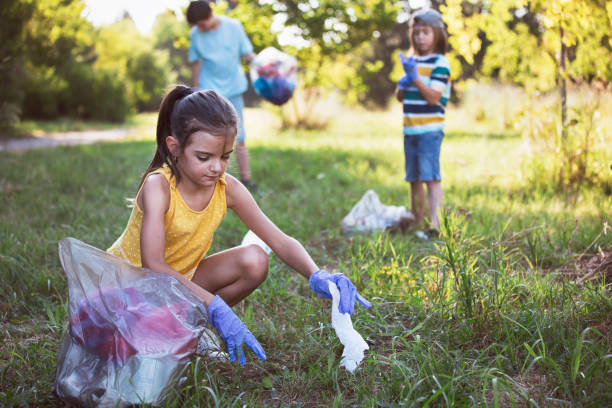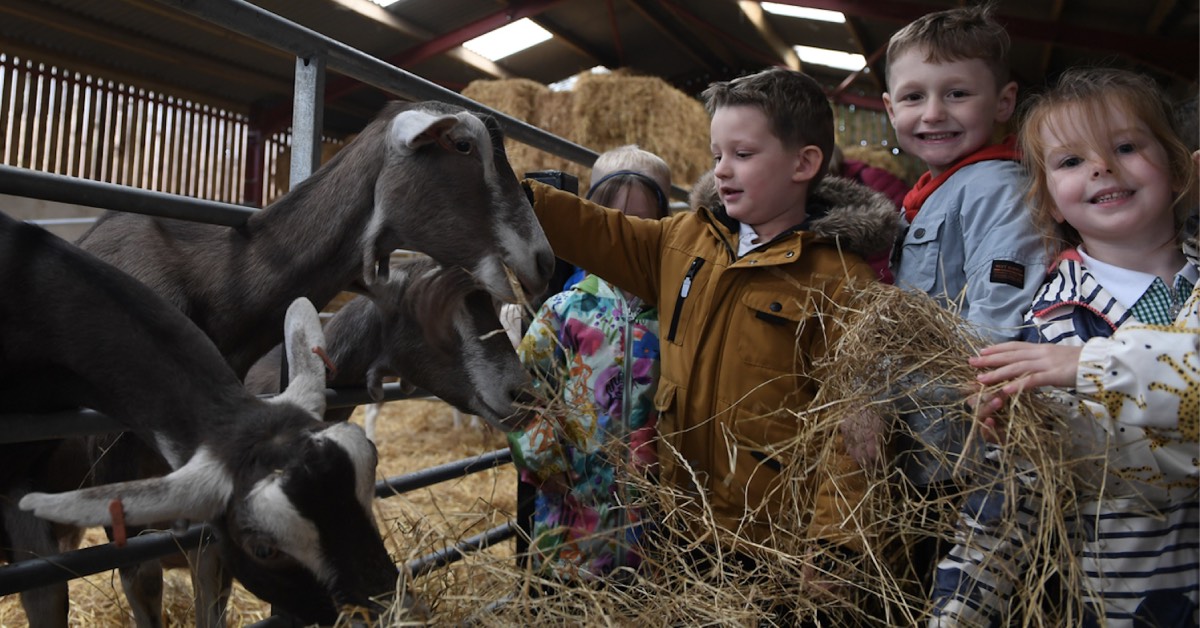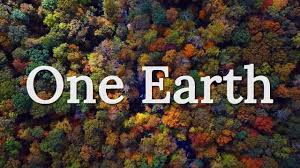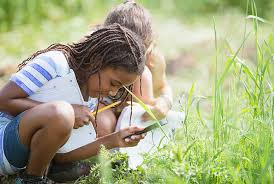People Also Ask
Merkly Bridge is a cross-chain asset transfer protocol that allows users to seamlessly move tokens between different blockchain networks, enhancing interoperability and user experience.
To use Merkly Bridge, connect your digital wallet, select the assets you want to transfer, choose the target blockchain, and follow the prompts to complete the transaction securely.
Merkly Bridge offers several benefits, including low fees, fast transaction speeds, and support for multiple blockchains, making it a convenient choice for crypto enthusiasts.
Merkly Bridge supports a variety of blockchains, allowing users to transfer assets across different networks. For a current list of supported blockchains, please check the Merkly Bridge website.
Merkly
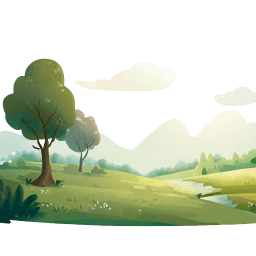
Hands-On Learning
Engage children in hands-on activities such as nature walks, gardening, recycling projects, and outdoor exploration. These experiences allow kids to connect with nature firsthand and develop a deeper appreciation for the environment.

Experiential Learning
Encourage experiential learning through interactive experiences, experiments, and field trips to parks, nature reserves, botanical gardens, or wildlife sanctuaries. This approach helps children learn about ecosystems, biodiversity, and conservation in a tangible way.
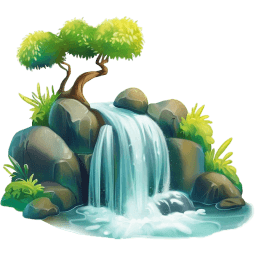
Inquiry-Based Learning
Foster curiosity and critical thinking skills by encouraging children to ask questions, conduct investigations, and seek solutions to environmental challenges. Provide opportunities for inquiry-based learning through experiments, research projects, and group discussions.

Incorporate STEM Education
Integrate science, technology, engineering, and mathematics (STEM) concepts into environmental education activities. Explore topics such as renewable energy, climate change, pollution, and sustainable practices through hands-on experiments and projects.
Environment
Environmental education for kids is crucial for fostering an understanding of the natural world, instilling a sense of responsibility towards the environment, and empowering children to become stewards of the planet
Encourage outdoor play and unstructured exploration in natural settings. Allow children to engage in imaginative play, build forts, climb trees, and observe wildlife in their natural habitats. Outdoor play fosters a sense of wonder, creativity, and connection to the environment.
Teach children about sustainable practices such as recycling, composting, water conservation, energy efficiency, and reducing waste. Provide practical tips and strategies that children can implement in their daily lives to minimize their environmental footprint.
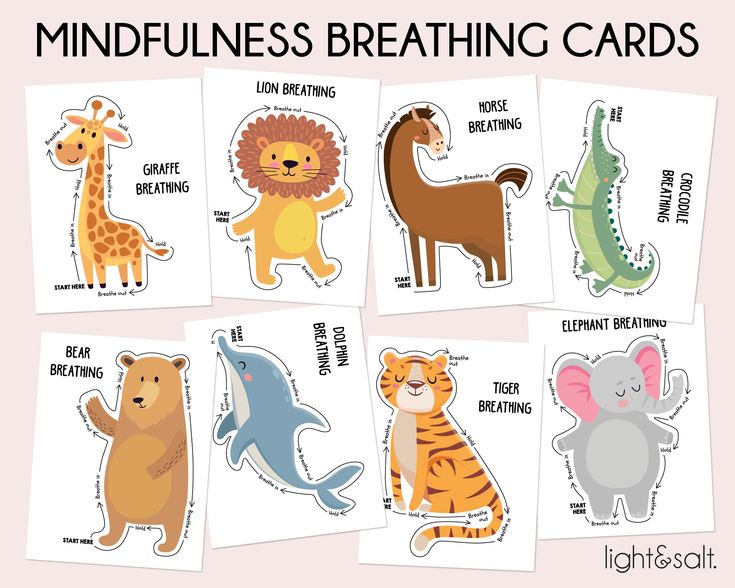 Elaina M. Pro Teacher
Elaina M. Pro TeacherEmpower children to take action and make a positive difference in their communities and beyond. Encourage them to participate in environmental clean-up events, tree planting initiatives, wildlife conservation projects, or advocacy campaigns for environmental protection.
About
Elen M.
talks about Environmental educationEncourage children to reflect on their experiences, thoughts, and feelings about the environment.
Provide opportunities for them to share ideas, express concerns, and brainstorm solutions to environmental challenges. Encourage them to translate their learning into meaningful action to protect and preserve the planet for future generations.
List
Foster environmental literacy by teaching children about environmental concepts, issues, and solutions at an age-appropriate level. Use storytelling, EnvironmentalProgram, videos, and educational resources to enhance their understanding of environmental topics.
Merkly
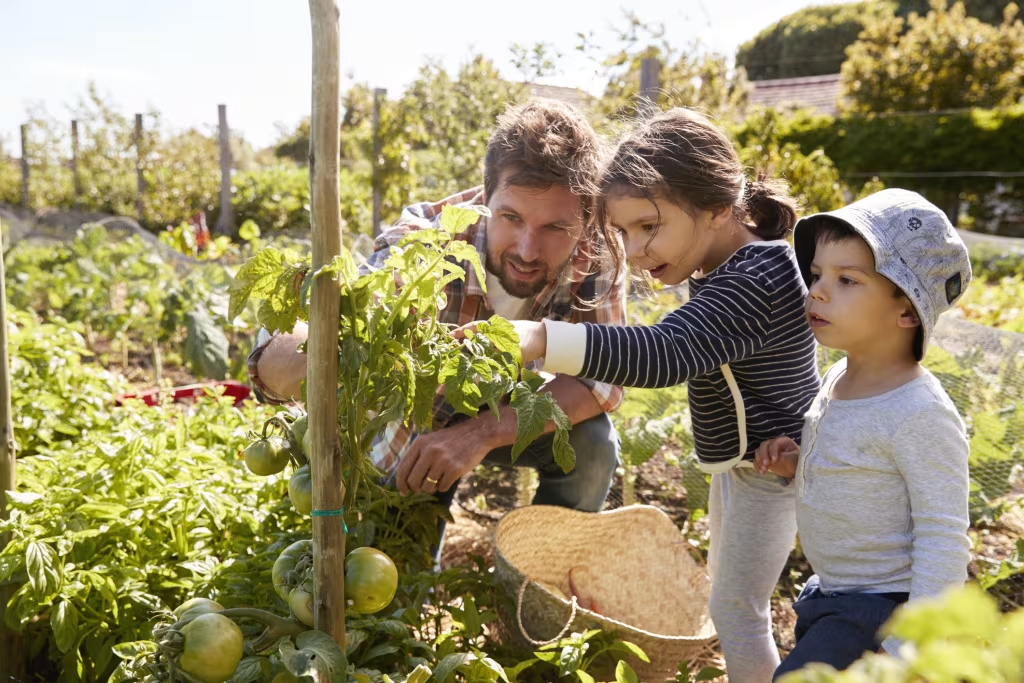
Serve as a role model by demonstrating environmentally responsible behaviors and practices in your own life. Show children the importance of living in harmony with nature and making choices that promote sustainability and conservation. Contact : Email


